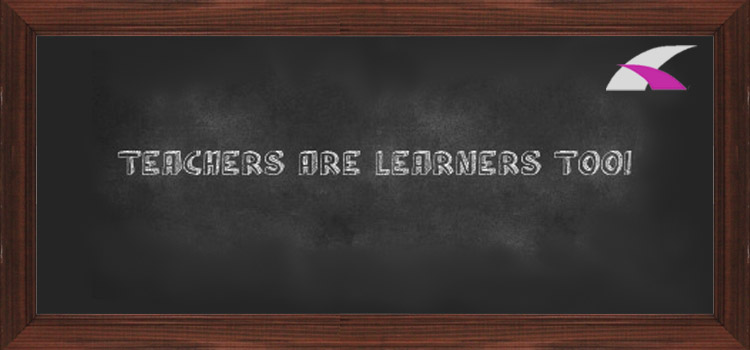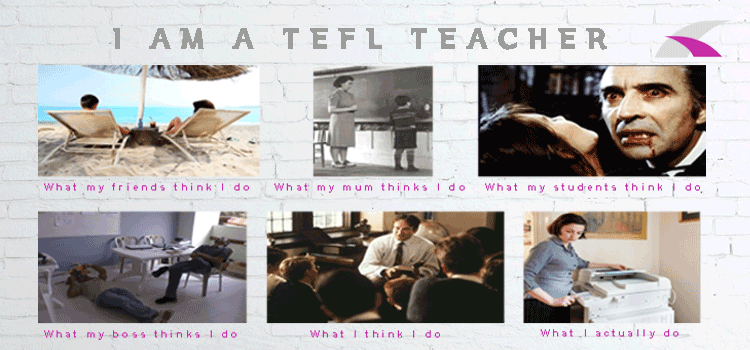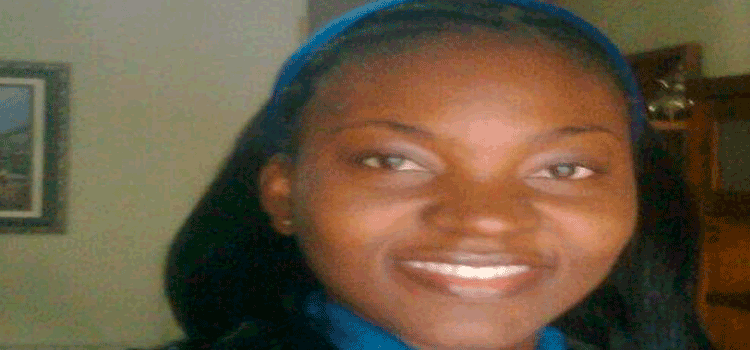Here are some conclusions we, Madrid teachers, arrived to when discussing
What do good activities include?
These are internal working standards that we are now setting in order to unify criteria for what good activities should contain. Now we have more clues on what others mean when they say "this week the activities were terrible" or "these days activities have been fairly good".
These Friday discussions are our own way of
negotiating meaning!
General criteria
- Consistency in TL, making sure it’s all covered throughout the activity
- Teacher’s key whenever there are specific answers to questions, matching activities, etc
- If texts are included, they should be short
- Make sure the sources of pictures, texts and links are reliable (that they will not disappear)
Topic activities
- The topic is engaging for a wide range of students and it can spark debate
- There are several ways of approaching the activity: different types of material included (visual, audio visual) and different types of practice (discussion, debate, role-play, etc)
Structure activities
- Have a functional approach to it
- Focus on something specific of the issue specified
- Have some kind of visual stimuli
- Make sure visual stimuli can be easily related to structure
- Include several situations and contexts for students to practice applying the structure
Vocabulary activities
- TL is appropriate for the level
- All the descriptors contained in the general criteria
Pronunciation activities
- Focus only on one sound or one combination of sounds
- Good practice of the target sound or combination of sounds: Tongue twisters, rhymes
- Associated to a specific level or make sure in the same activity there are options for different levels
- Be targeted towards the students getting to know patterns and rules
- Include a teacher’s key: there should be an explanation of patterns, rules and exceptions
By following our own conclusions we can now turn good activities into great ones and be on the same page with it.







